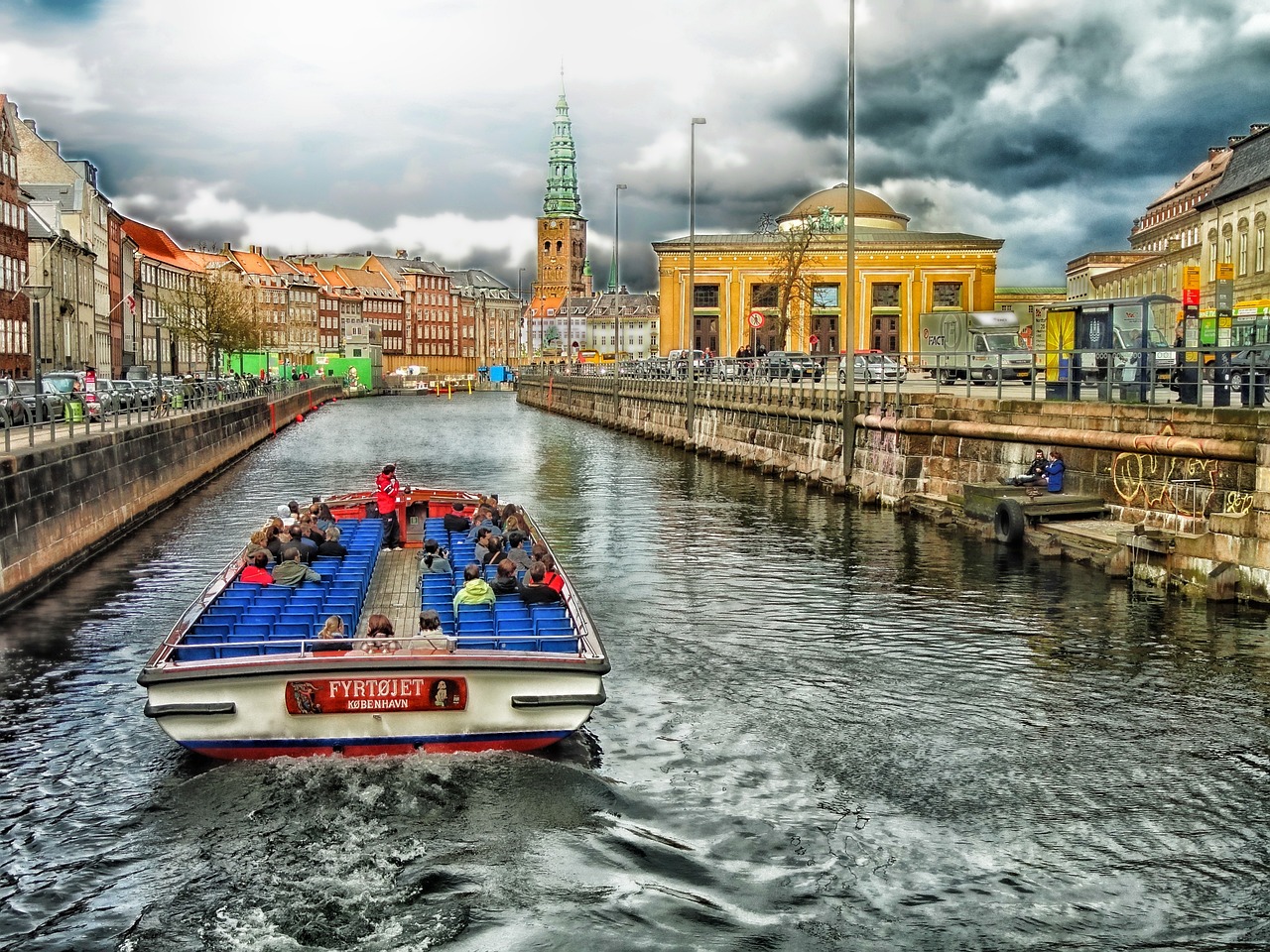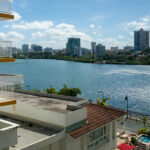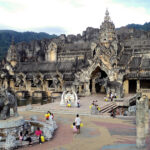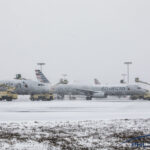The Philippines, an archipelago of over 7,000 islands located in Southeast Asia, is a country known for its rich cultural diversity and linguistic complexity. With a history of colonization, trade, and migration, the Philippines has become a linguistic tapestry where various languages and dialects coexist. However, when we ask the question, “What language is mostly spoken in the Philippines?” the answer is not as straightforward as it may seem. In this article, we will delve into the fascinating world of languages in the Philippines, exploring the nation’s official languages, regional dialects, and the influence of historical and cultural factors on language use.
Official Languages of the Philippines
The Philippines is a multilingual nation with two official languages: Filipino (also known as Tagalog) and English. These two languages play a significant role in the country’s education, government, and media.
Filipino (Tagalog):
Filipino, based on Tagalog, is the national language of the Philippines and serves as the lingua franca that unites the diverse linguistic communities across the country.
It was declared the national language in 1937 and was chosen for its historical significance and wide use.
While Filipino is spoken as a native language by many Filipinos, especially in the Tagalog-speaking regions of Luzon, it is also learned as a second language by non-Tagalog speakers.
Filipino is the medium of instruction in schools and is used in government communication.
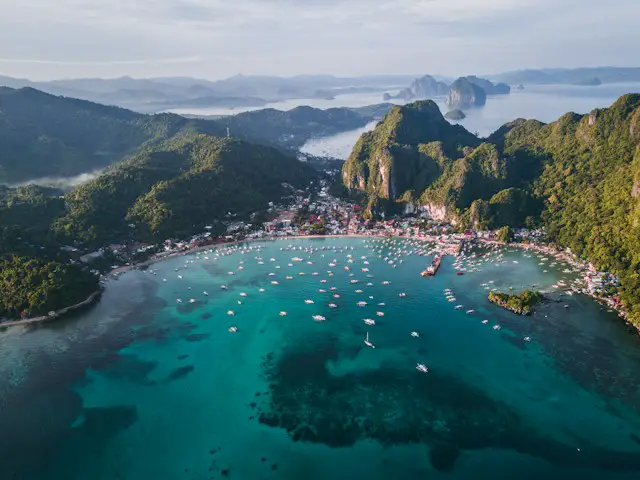
English:
English is the second official language of the Philippines and is widely spoken and understood.
The Philippines’ long history of American colonization (1898-1946) has left a lasting impact on the country, including its use of English.
English proficiency is relatively high in the Philippines, making it an essential language for business, education, and international communication.
It is used extensively in the media, government, and the business sector.
Regional Languages and Dialects
The Philippines is home to a remarkable variety of regional languages and dialects, with Ethnologue listing over 175 distinct languages. While Filipino and English are the official languages, many Filipinos also speak their regional languages or dialects at home and in their communities. Some of the most widely spoken regional languages and dialects include:
Cebuano:
Cebuano is one of the most widely spoken languages in the Philippines, primarily in the Visayas and Mindanao regions.
It is the dominant language in Cebu, Bohol, and other central and southern provinces.
Cebuano speakers often switch between Cebuano and Filipino in daily conversations.
Ilocano:
Ilocano is spoken primarily in the Ilocos region of northern Luzon.
It is the third most-spoken language in the Philippines and is known for its distinct pronunciation and vocabulary.
Hiligaynon (Ilonggo):
Hiligaynon is spoken mainly in the Western Visayas region, including the provinces of Iloilo and Negros Occidental.
It is known for its musical and expressive quality and is often used in poetry and songs.
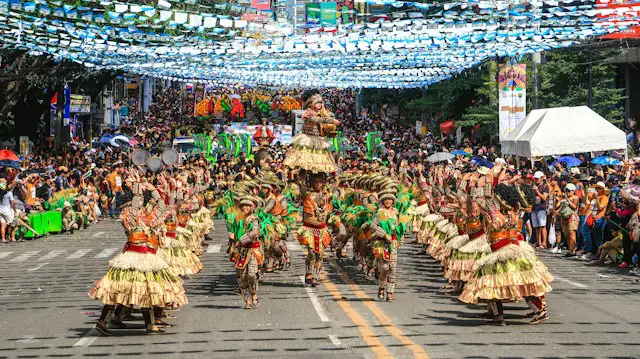
Waray-Waray:
Waray-Waray is spoken in the Eastern Visayas region, particularly in the provinces of Leyte and Samar.
It has its own unique vocabulary and pronunciation, distinguishing it from other regional languages.
Bicolano:
Bicolano is spoken in the Bicol region of southern Luzon, known for its beautiful landscapes and active volcanoes.
It is characterized by the use of prefixes, infixes, and suffixes, making it distinct from other languages.
Kapampangan:
Kapampangan is spoken in the Central Luzon region, particularly in Pampanga and parts of Tarlac.
It is known for its rich culinary traditions and has contributed words to the Filipino language.
These are just a few examples of the many regional languages and dialects spoken throughout the Philippines. Each of these languages reflects the cultural diversity and heritage of different regions.
Factors Influencing Language Use
The linguistic landscape of the Philippines is shaped by a complex interplay of historical, cultural, and social factors. Understanding these influences can help explain why certain languages are spoken in specific regions and contexts:
Historical Colonization:
The Philippines has a history of colonization by various foreign powers, including Spain and the United States. These colonial periods left indelible marks on the country’s language and culture.
Spanish influence is evident in Filipino vocabulary, with many words of Spanish origin, such as “mesa” (table) and “silla” (chair).
American colonization introduced English and modernized education, leading to widespread English proficiency.
Geographical Isolation:
The geographical layout of the Philippines, consisting of numerous islands and isolated communities, contributed to the development of distinct regional languages and dialects.
Mountainous terrain and island isolation allowed languages to evolve independently over time.
Migration and Trade:
Trade and migration patterns have influenced language use, as people from different regions interacted and adapted to each other’s languages.
Urbanization and economic opportunities have led to language shifts in cities, where Filipino and English are commonly used.
Cultural Identity:
Many Filipinos take pride in their regional languages and dialects as a part of their cultural identity.
Language can be a source of regional pride, and some communities actively promote the preservation of their native languages.
Education and Media:
The Philippine government promotes bilingual education in Filipino and English, ensuring that these languages remain widely spoken and understood.
The media, including television, radio, and newspapers, predominantly use Filipino and English, reinforcing their importance.
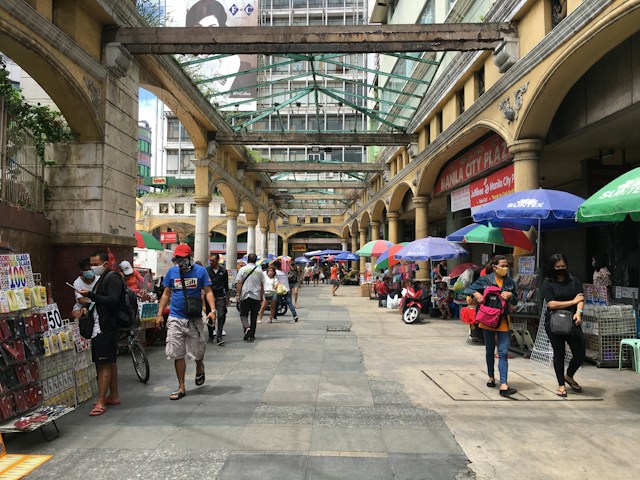
Language Preservation and Revitalization
Despite the dominance of Filipino and English in education and media, there is a growing awareness of the importance of preserving and revitalizing indigenous languages in the Philippines. Efforts are being made to document and promote regional languages and dialects to ensure their survival for future generations.
Government initiatives include the use of indigenous languages in local governance, cultural programs, and education to foster a sense of pride and identity among speakers of these languages. Additionally, non-governmental organizations and community-based efforts are working towards language preservation through language classes, publications, and cultural events.
The Philippines is a linguistically diverse nation with a rich tapestry of languages and dialects. While Filipino and English serve as the official languages and are widely spoken, the country’s regional languages and dialects continue to thrive, reflecting its cultural heritage and diversity.
Understanding the complex factors that influence language use in the Philippines helps us appreciate the unique linguistic landscape of this archipelagic nation. Efforts to preserve and revitalize indigenous languages are vital in ensuring that this linguistic heritage remains a source of pride and identity for future generations of Filipinos.
Challenges and Opportunities in Language Preservation
While there is a growing recognition of the importance of preserving indigenous languages in the Philippines, several challenges must be addressed to ensure their survival and vitality:
Language Shift:
In urban areas and among younger generations, there is a noticeable shift towards using Filipino and English as the primary means of communication.
The allure of urban centers, better employment prospects, and the desire for upward social mobility often lead to decreased use of regional languages and dialects.
Limited Resources:
Many indigenous languages in the Philippines lack comprehensive documentation, dictionaries, and standardized writing systems, making it difficult to teach and promote them.
Resources and funding for language preservation efforts can be limited, hindering progress in revitalizing these languages.

Globalization and Media Dominance:
The global dominance of English in media, technology, and popular culture poses a significant challenge to the preservation of regional languages.
Younger generations often consume media primarily in English, which can lead to reduced proficiency in their native languages.
Educational Policies:
While bilingual education policies exist in the Philippines, their implementation can vary significantly from one region to another.
Some regions have a stronger emphasis on teaching and preserving regional languages, while others prioritize Filipino and English.
Despite these challenges, there are also numerous opportunities for language preservation in the Philippines:
Community-Based Initiatives:
Local communities and indigenous groups are taking an active role in preserving their languages through cultural events, language classes, and storytelling sessions.
These grassroots efforts help instill a sense of cultural pride and identity in younger generations.
Documentation and Research:
Linguists and researchers are working to document and study indigenous languages, ensuring that they are properly understood and appreciated.
This research can lead to the development of educational materials and resources for teaching and learning these languages.
Collaboration:
Collaboration between government agencies, NGOs, and indigenous communities can help pool resources and expertise for language preservation initiatives.
These partnerships can result in more effective programs and policies for language revitalization.
Technology and Media:
Technology can be harnessed as a tool for language preservation. Mobile apps, online resources, and social media platforms can be used to teach and promote regional languages.
Encouraging the use of these languages in digital spaces can help reach younger generations.
Inclusive Education:
Inclusive educational policies can support the teaching of regional languages in schools, ensuring that students have the opportunity to learn their native languages alongside Filipino and English.
In conclusion, the Philippines is a nation of linguistic diversity, where regional languages and dialects coexist with Filipino and English. While there are challenges to preserving these indigenous languages, there are also opportunities for revitalization and cultural preservation. Efforts from various sectors, including government, communities, and academia, are crucial in ensuring that the linguistic heritage of the Philippines remains vibrant and continues to be a source of pride for generations to come. As the country moves forward in the 21st century, embracing its linguistic diversity will be a testament to its rich cultural tapestry and the resilience of its people.





